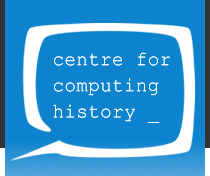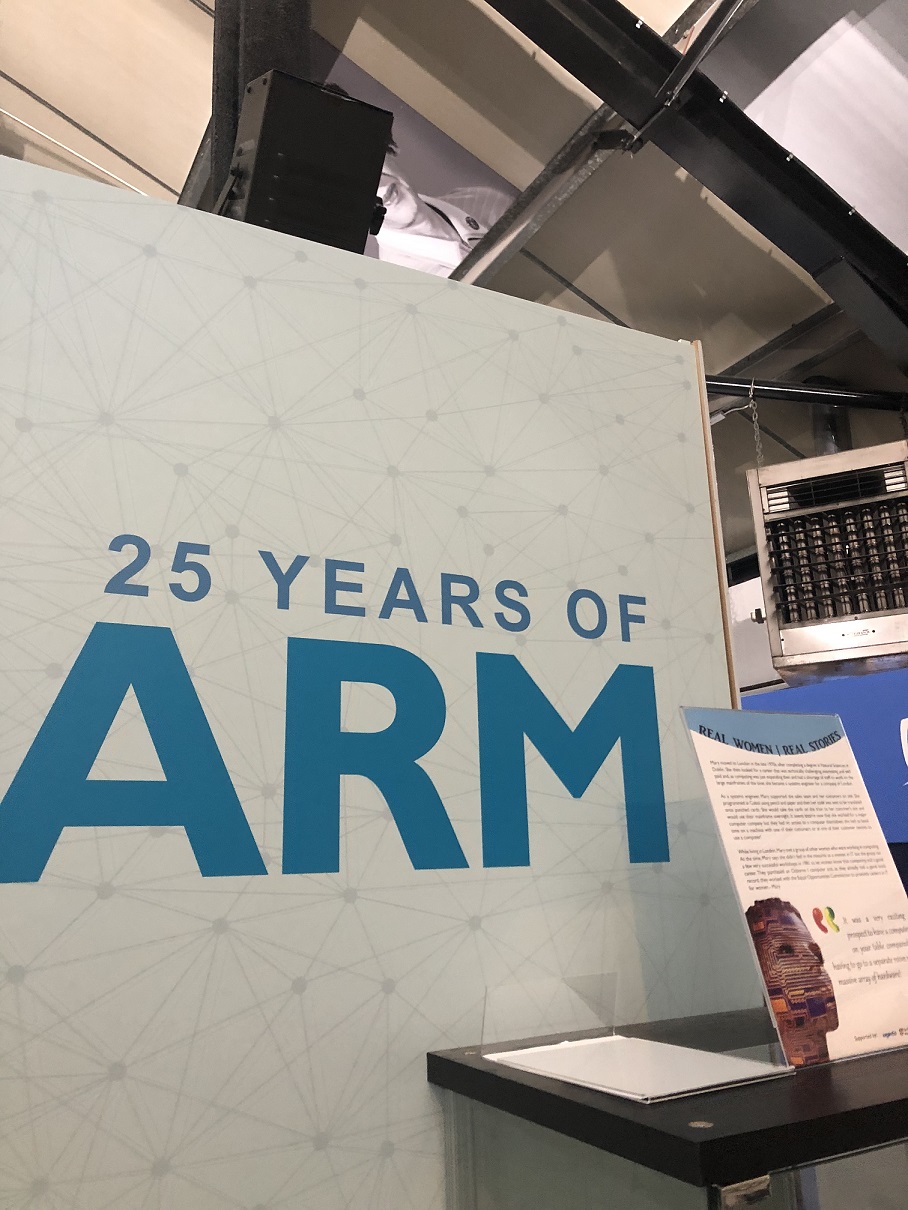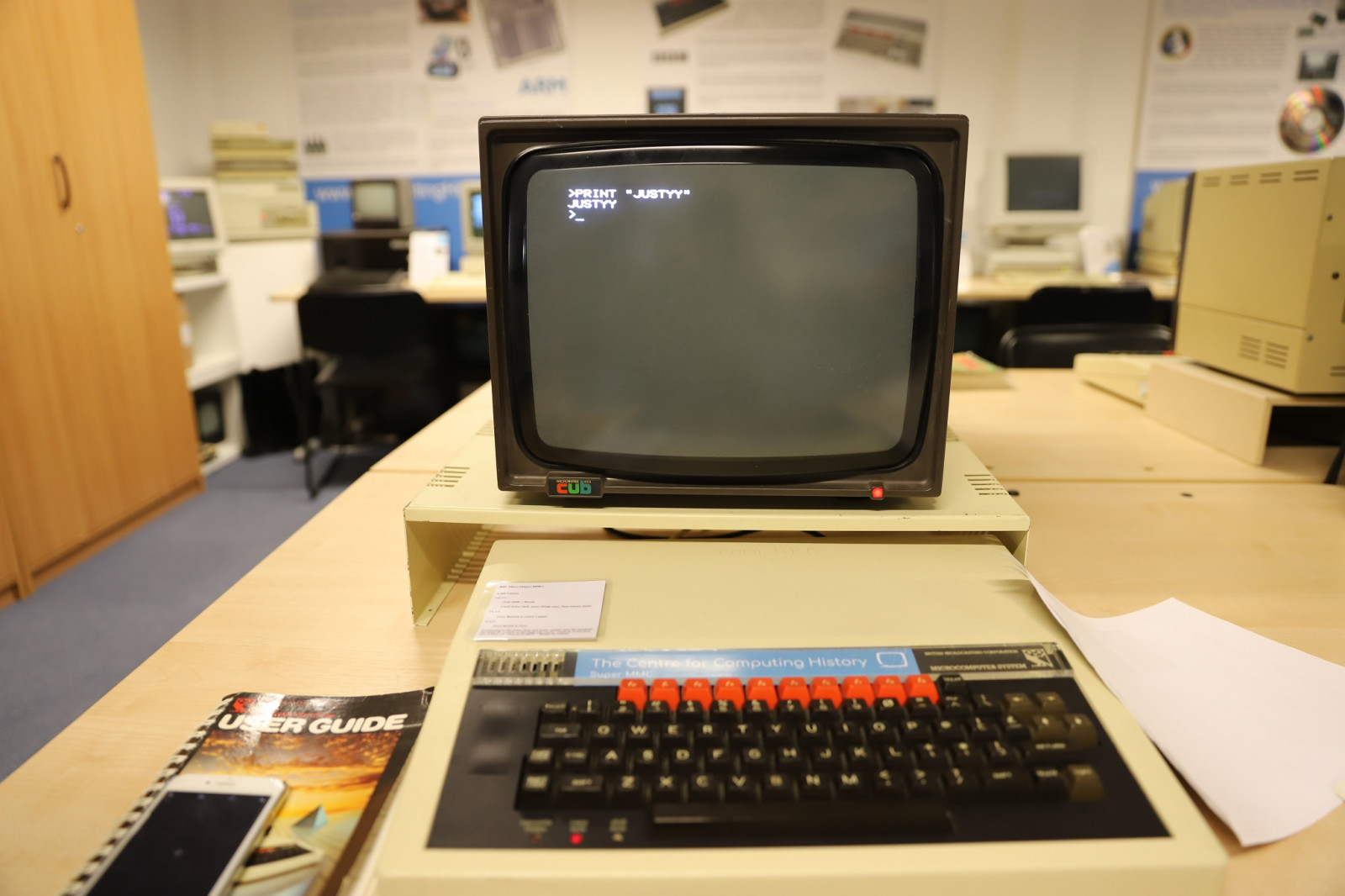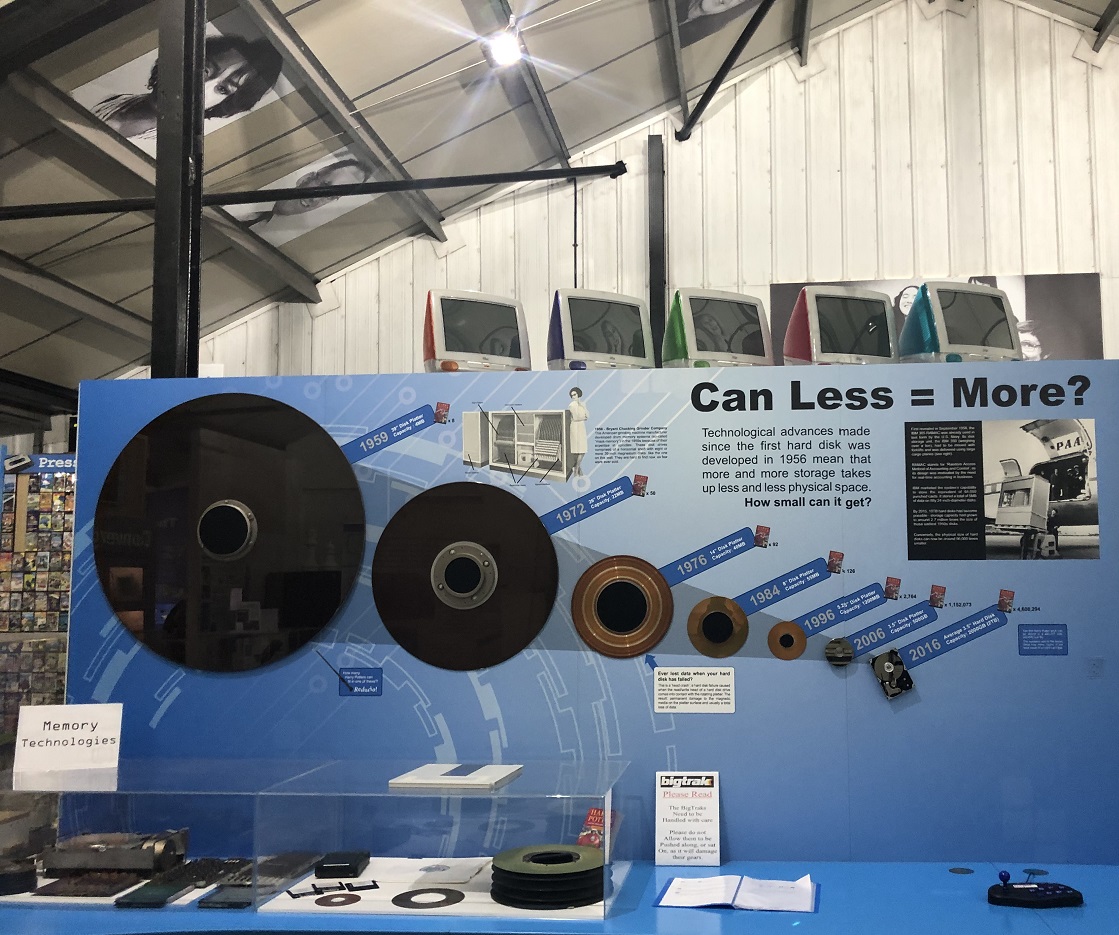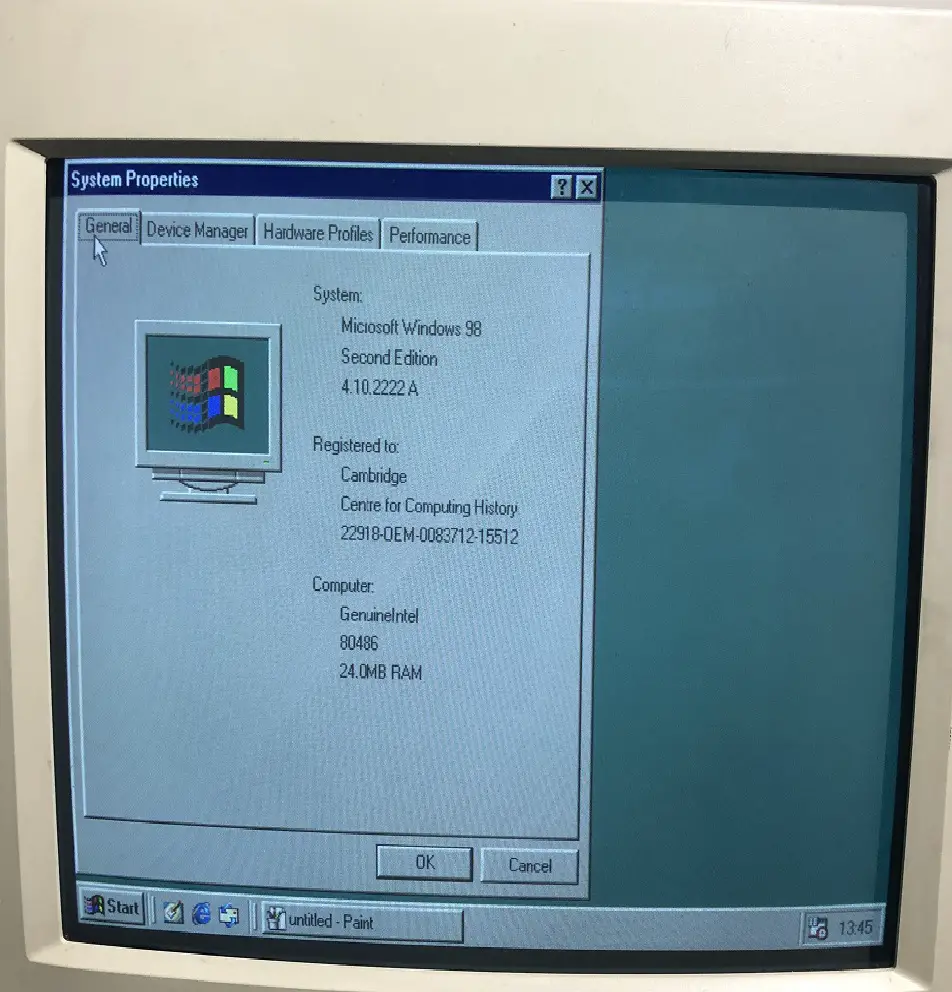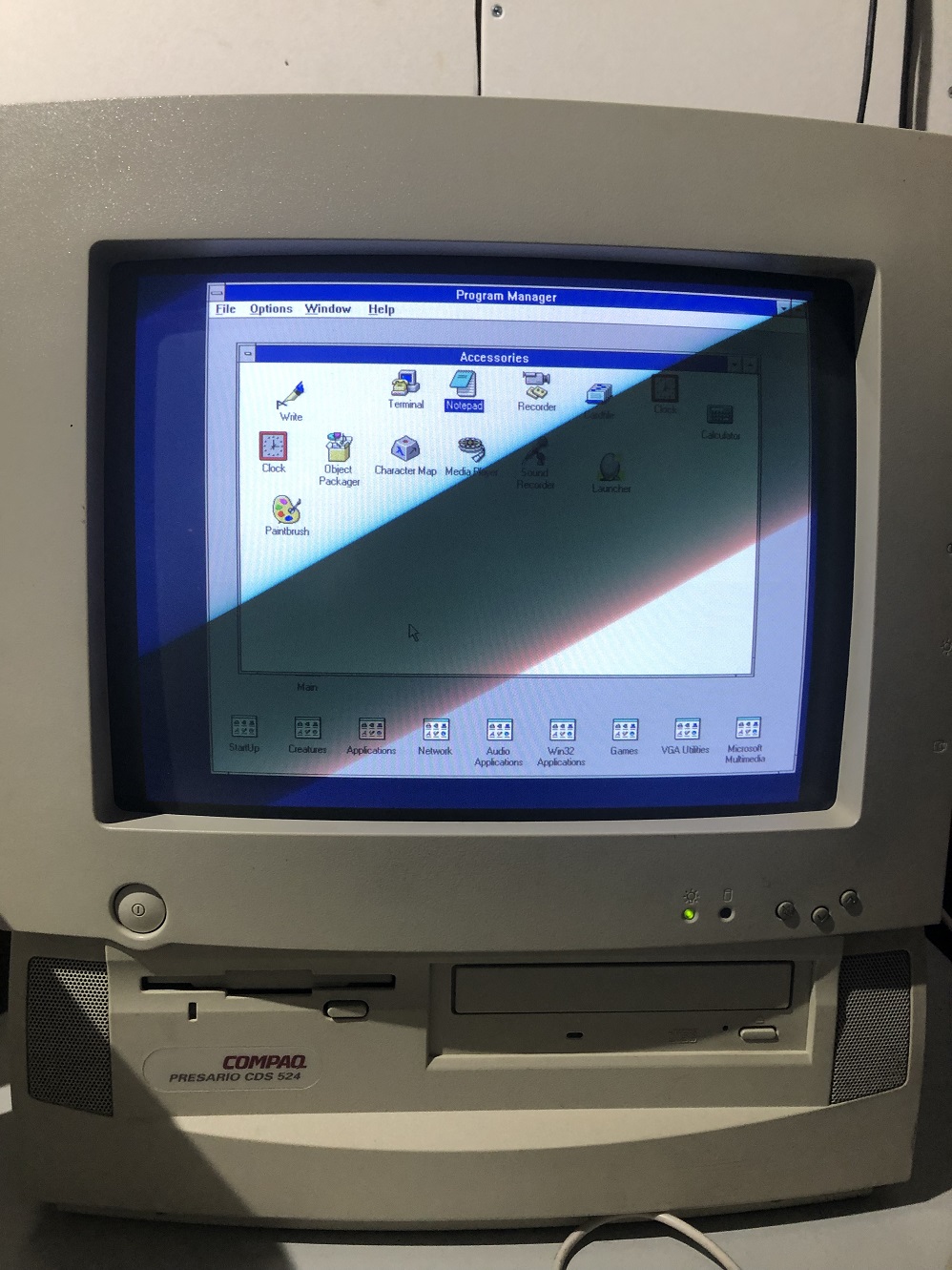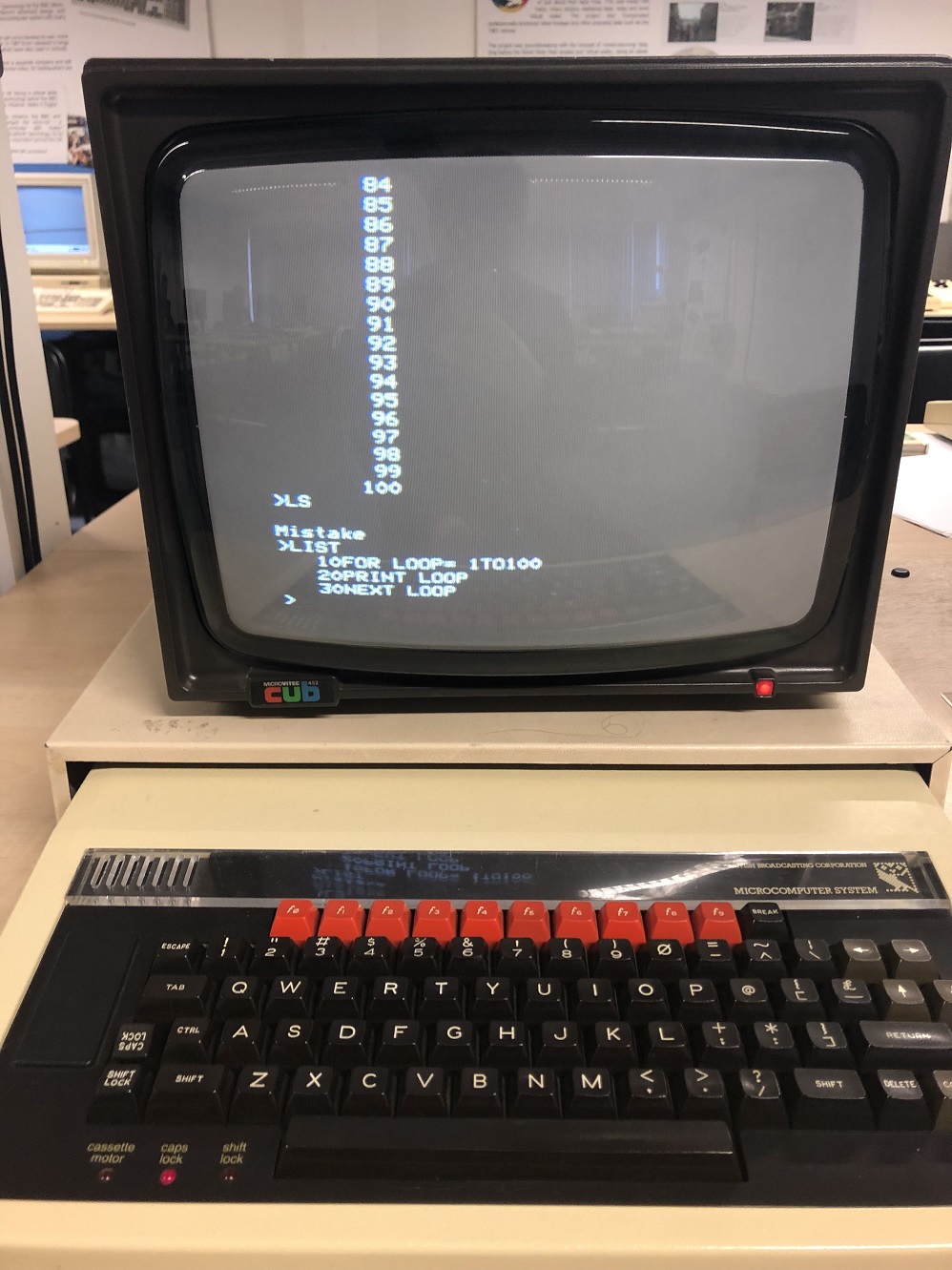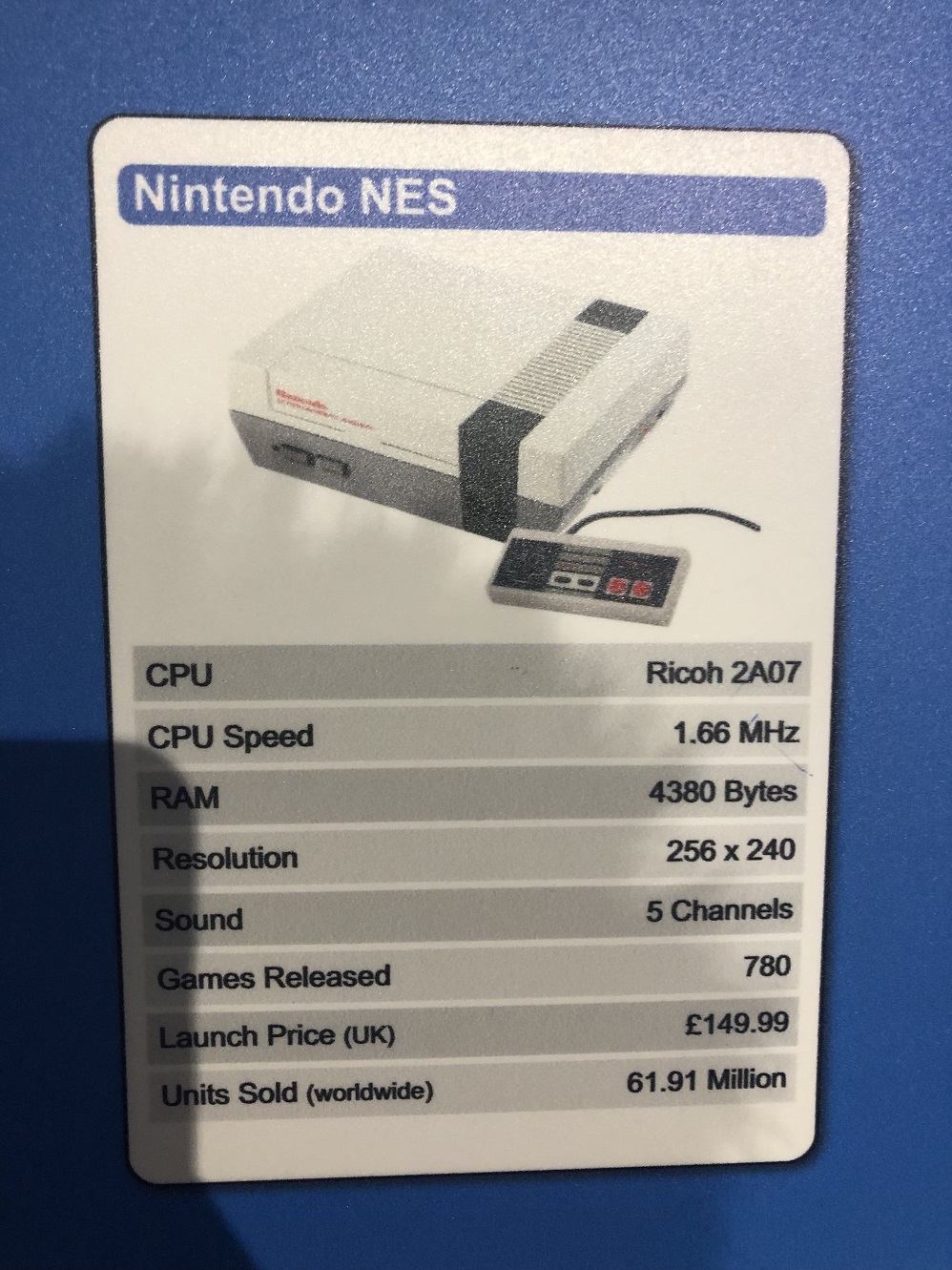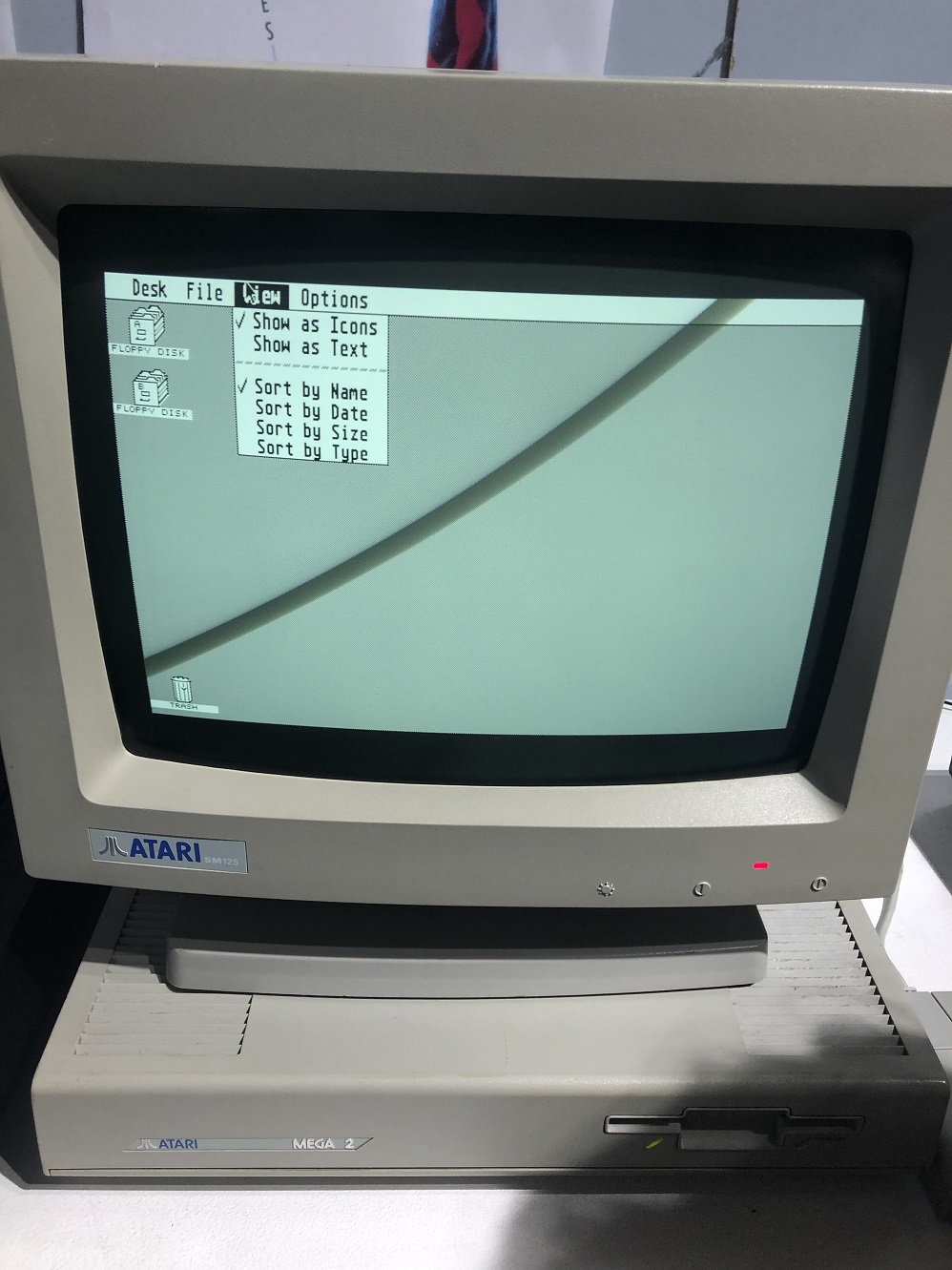Visited Centre of Computing History, addressed below today:
Centre for Computing History
Rene Court
Coldhams Road
Cambridge
CB1 3EW
The Cambridge Museum of Computing History, located in Cambridge, England, is a fascinating institution dedicated to preserving and showcasing the history of computing technology. The museum boasts an impressive collection of vintage computers, software, peripherals, and memorabilia that highlight the evolution of computing from its early days to the present. Visitors can explore exhibits featuring iconic machines like the BBC Micro, Commodore 64, and early Apple computers, as well as learn about key milestones in the development of computing technology.
The museum offers a unique opportunity to delve into the history of computing, from the pioneering work of early computer scientists to the modern era of smartphones and cloud computing. Whether you’re a technology enthusiast, a history buff, or simply curious about how far we’ve come in the world of computing, the Cambridge Museum of Computing History is sure to offer a rewarding and educational experience.
ARM rocks. I promise I’ll get a job in ARM one day!
It is hard to use.
Who still remembers the `config.sys` and `autoexec.bat` in the old MS-DOS days?
I don’t think this is the actual “IBM Deep Blue”
Can Less = More?
80486 CPU
1 2 3 | 10 FOR LOOP=1 TO 100 20 PRINT LOOP 30 NEXT LOOP |
10 FOR LOOP=1 TO 100 20 PRINT LOOP 30 NEXT LOOP
Nintendo NES Specification
- CPU: Ricoh 2A07
- CPU Speed: 1.66 MHz
- RAM 4380 Bytes
- Resoluiton: 256×240
- Sound: 5 Channels
- Games Released: 780
- Launch Price (UK): 149.99 GBP
- Units Sold (worldwide): 61.91 Million
Although there are many BASIC (and even there is a BASIC programming lab), it is a pity that I didn’t see IBM/Microsoft LOGO on vintage PC. I’ve sent them a tweet asking for this, but they replied that there are LOGO machines, which I may have missed.
–EOF (The Ultimate Computing & Technology Blog) —
loading...
Last Post: The Binary Search Algorithm for Rotated Sorted Array
Next Post: Sum Up Tree/Sub-Tree Values - Compute Employee Importance via DFS or BFS
